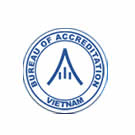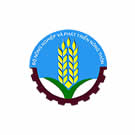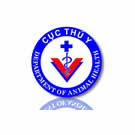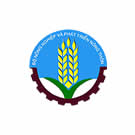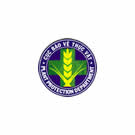- Folder Chemical field
- Views 4405
- Last Updated 22/04/2022

Thermo Scientific Nicolet iS50 FT-IR system at Laboratory of Nutrients and Food Additives (NIFC)

Thermo Scientific Antaris II FT-NIR systemat Laboratory of Nutrients and Food Additives (NIFC)
I.Principles of Infrared spectroscopy
Infrared spectrum is the spectrum of molecules and groups of molecules that can be obtained under the present of excitation light beam at specific energy (inelastic interaction) in the infrared region that make the molecules, group of molecules, atoms rotate and vibrate. The infrared spectrum is the result of the absorption of electromagnetic radiation within IR region. Therefore, the composition of the IR spectrum includes the molecular rotations and vibrations in the molecule.
The energy generated by the excitation light beam is determined by the following formula:
Etot = Er + Ev
In which, Er , rotation energy, is observed as the tumbling motion of a molecule and vibration energy, Ev, corresponds to the absorption of energy by a molecule as the component atoms vibrate about the mean center of their chemical bonds.
On the other hand, because the rotational energy and oscillation energy of the molecule is small, the frequency of the infrared spectrum is usually in the range 12000 to 10 cm-1. In the whole infrared spectral region, it is divided into 3 sub-regions near infrared (NIR): 12000-4000 cm-1 (800-3000nm), medium infrared (MIR): 4000 - 200 cm-1 ( 3000-28000 nm), far infrared (FIR): 200-10 cm-1 (28000- 40000 nm).
Since infrared spectra are the rotating and oscillating spectra of molecules, groups of molecules, or groups of atoms when they are excited by light beams at suitable energies in the IR region, the molecules linked by unsimilar single (σ), double (п), or triple bonds, their IR spectra are also different. Multiple bonds such as double bonds and triple bonds, etc, are absolutely easy to absorb low energy, which can produce charecteristic IR rotations and oscillations. For instant, covalent vibrations (tensile on the linked axis), deformation vibrations (shaking, swaying, twisting and bending in space). Thus, each type of bond will absorb different energy corresponding to certain spectral regions. The oscillation frequency Vm of the atoms in the molecule depends on the cohesion force constant, k, and their mass, m, according to the formula:
Vm =(1/2π). (k(m 1 +m 2 ))/(m 1 m 2 )
Therefore, different functional groups will give different IR absorption frequencies. As a sequence, based on the characteristic IR spectral frequencies of the functional groups in the molecule of the substance, which functional groups, what kind of bonds can be diagnosed, from which the structure of molecules will be determined.
The infrared spectrum is used as a fingerprint for identification by comparing the 'unknown' spectrum with previously reference spectra that have been recorded in the spectrum library or interprating the spectrum from the first principles, leading to charecterization, and possibly even identification of an unknown sample. The first principles is based on the structural properties of the molecule, whether they are the main chain or functional groups, produce characteristic absorption and form an absorption spectrum. The infrared spectrum can tell if there is a main circuit in the structure and, if so, whether the main circuit is composed of linear or branched chains; whether there are saturated or unsaturated bonds or aromatic rings in the structure. In particular, it can be inferred whether there are specific functional groups to be defined.
II. Application of FT-IR and FT-NIR in the Department of Nutrition and Food Additives
There are currently 2 infrared spectroscopy devices in the Department of Nutrition and Food Additives:
- Thermo Scientific Nicolet iS50 FT-IR spectrometer (4000-400 cm-1 region) with the modes of transmittance and attenuated total reflection (ATR)
- Thermo Scientific Antaris II FT-NIR spectrometer (measuring range 12000-4000 cm-1) with the modes of transmittance and diffuse reflection spectroscopy (DRS) method
The the advantage of the infrared spectroscopy is fast analysis without sample treatment, diverse sample matrix (solid, liquid and gases), it is widely used to:
+ Determine the infrared spectrum of food additives such as sucralose, vanillin, etc.
+ Distinguish modified starches
+ Identify plastic
+ Quantify some substances in the group of polysaccharides combined with multivariate regression algorithm
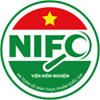




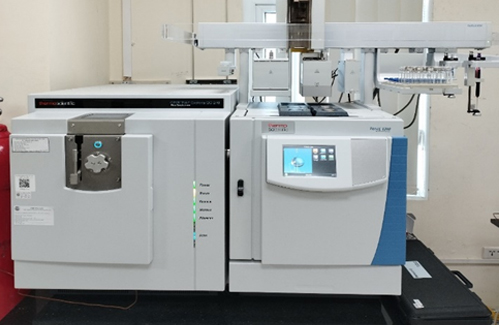

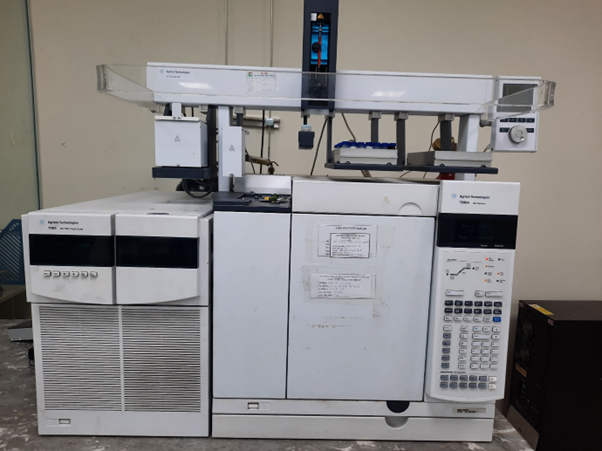
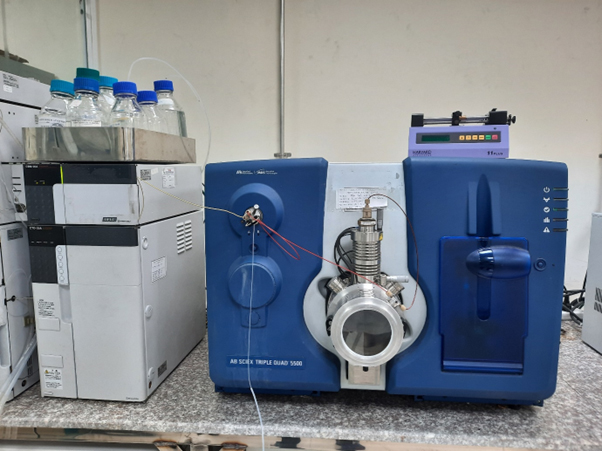
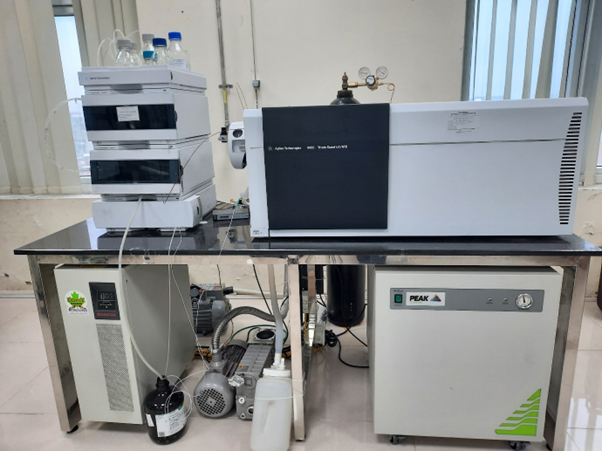
-cua-hang-Waters.jpg)


